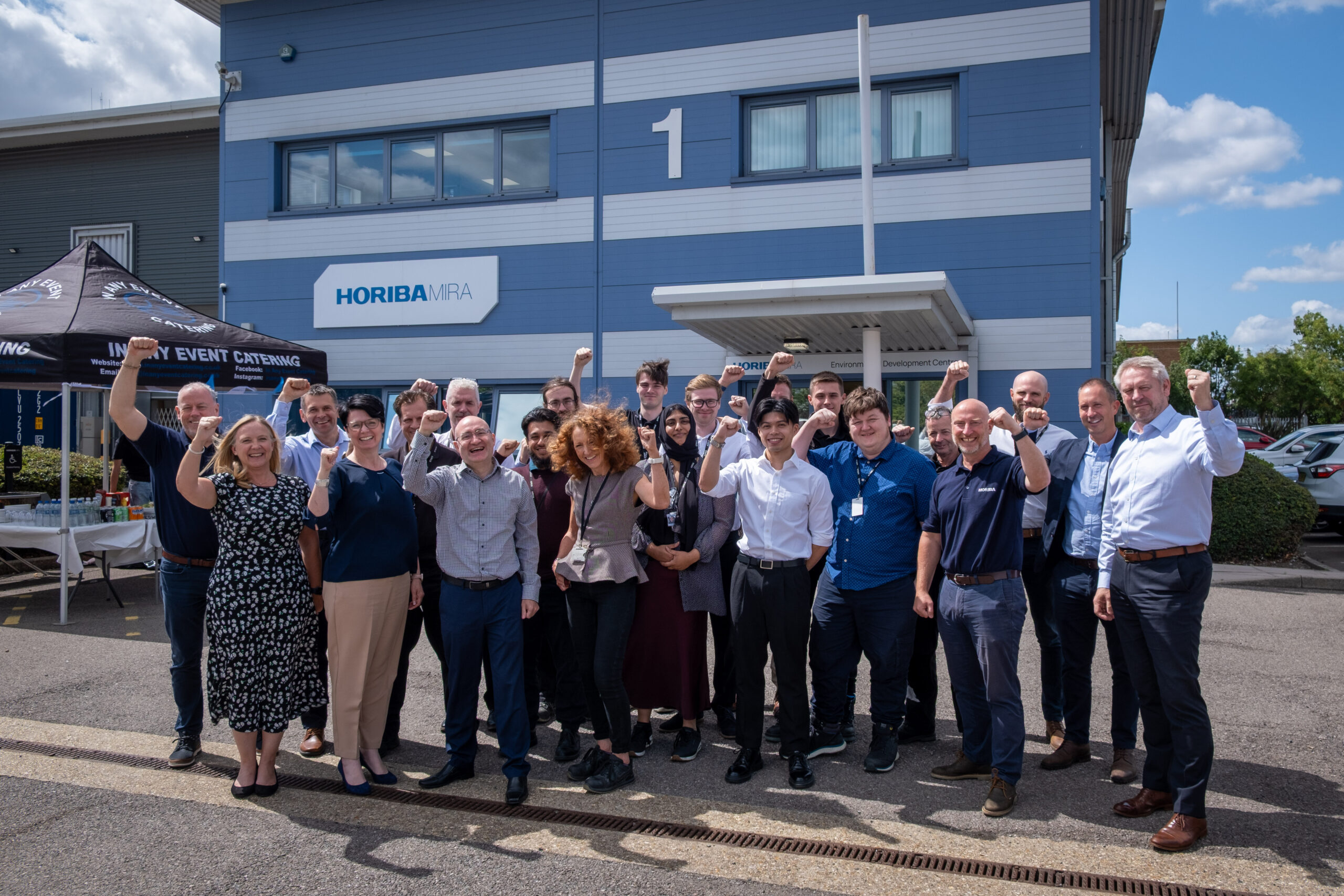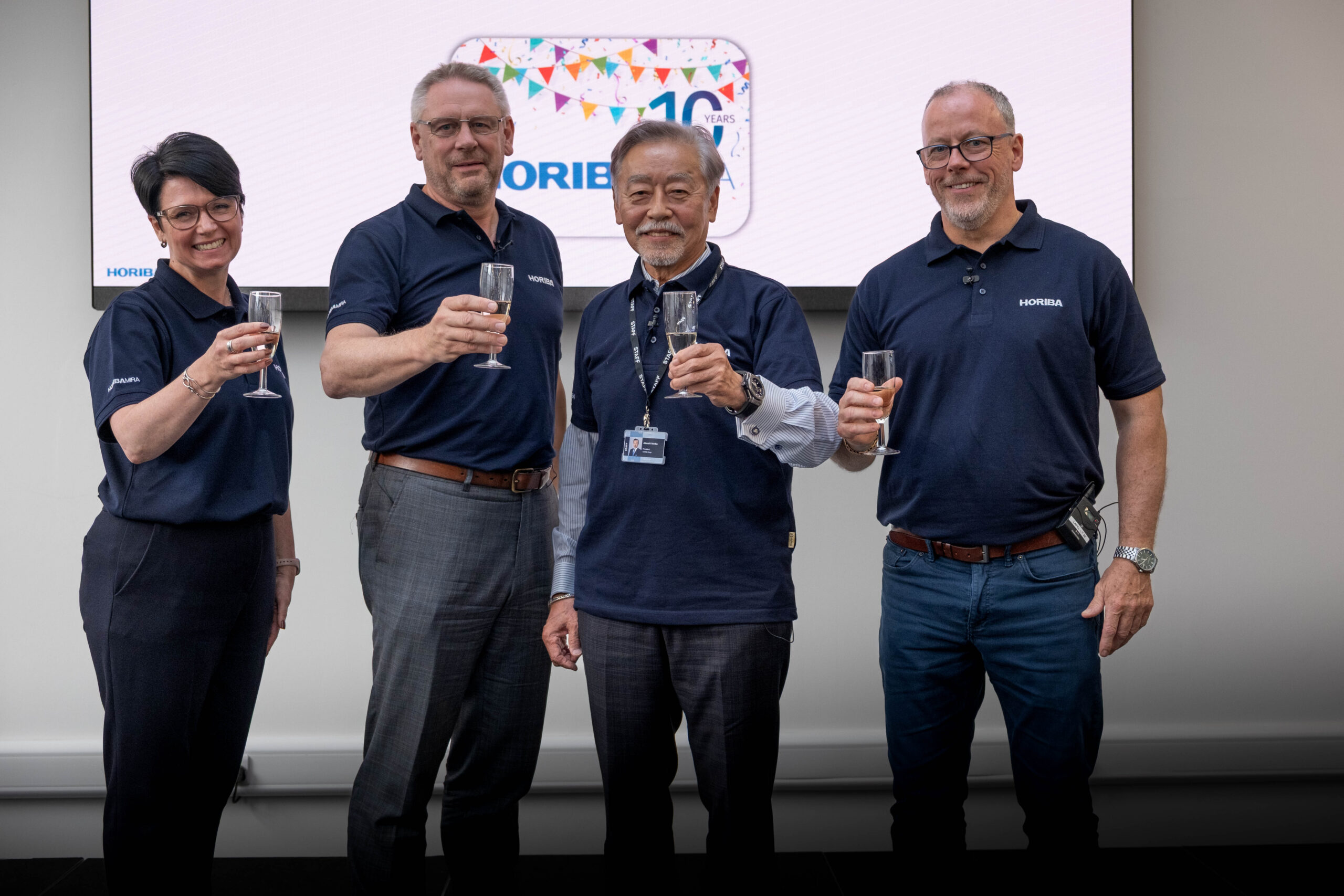How to become an engineer…straight from school – An overview for STEM learners
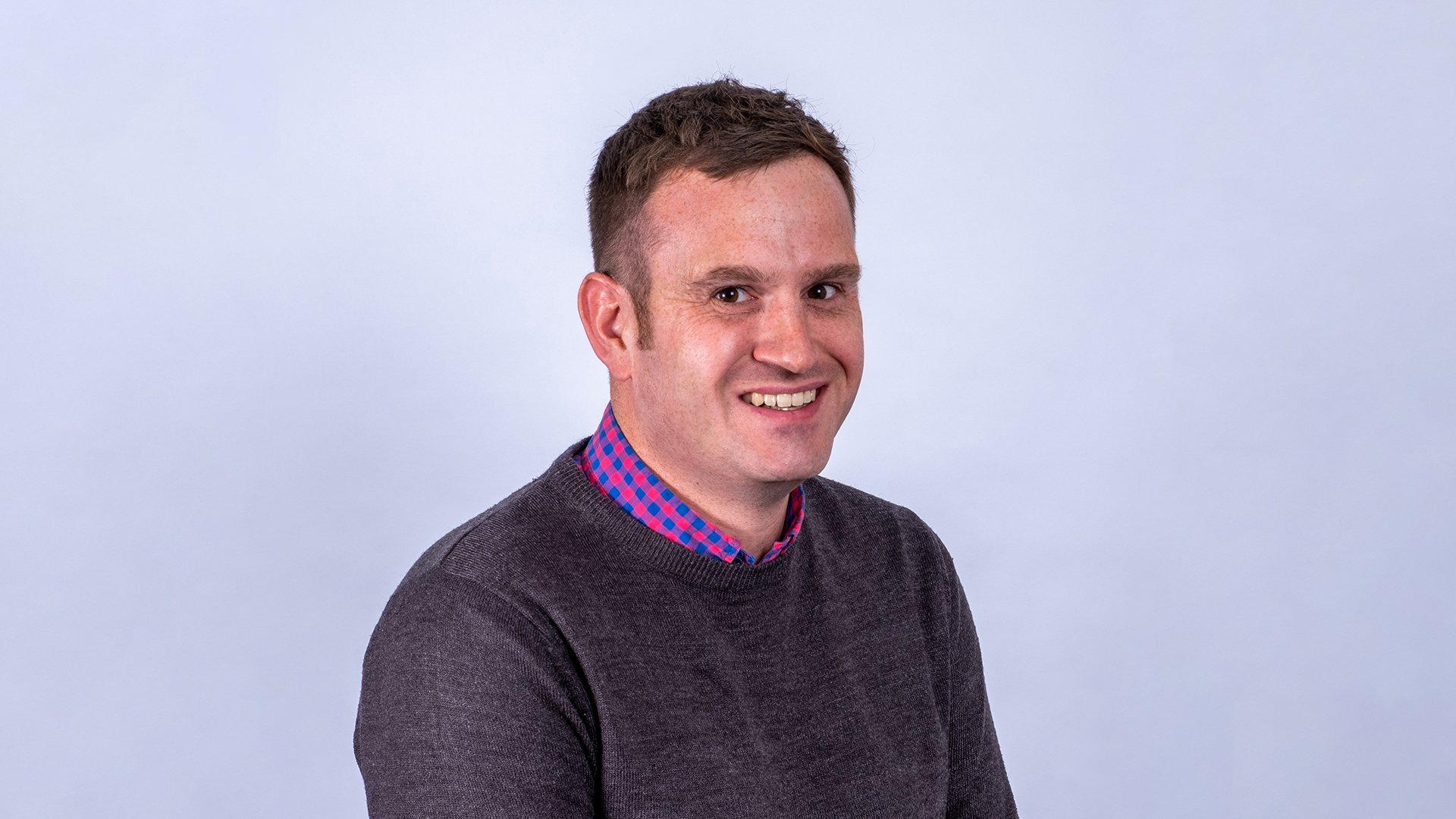
Alisdair Bowie – Senior Software and Controls Engineer, joined HORIBA MIRA in 2011 after achieving a degree in Mechanical Engineering. Alongside his role in Software and Controls where he primarily develops control software for hybrid and electric vehicles, Alisdair is working to inspire children through his work as a STEM (Science, Technology, Engineering and Mathematics) Ambassador. As a STEM Ambassador Alisdair volunteers his time and enthusiasm to help bring STEM subjects to life for young people. Here, Alisdair shares the story about how one of his colleagues, Matt Aldous, became an engineer after leaving school.
How to become an engineer…straight from school
In previous blogs, I’ve described my journey into engineering via University and my colleague Paul’s path via an apprenticeship. But these aren’t the only ways into a career in engineering. Matt Aldous is a Project Engineer in our Electrical Engineering team but his career path is very different from mine and Paul’s.
Growing up in Norfolk, Matt was always interested in fixing things and understanding how things work so he decided to give engineering a go. After leaving high school, Matt spent two years at Lowestoft College in Suffolk achieving an Advanced Vocational Certificate of Education in Advanced Engineering. At this point, Matt had a decision to make; university, apprenticeship or go out and find a job.
Another three years in a classroom didn’t sit right with Matt, so find a job is what Matt did.
In 2003 Matt joined Beru F1 Systems in Diss, Norfolk as a trainee harness technician building electrical harnesses for racing cars. In his 18 months there, Matt built harnesses that saw:
- 15 Formula 1 race victories and the world drivers’ and constructors’ championships
- 8 wins in the world rally championship
- Victory at the Indianapolis 500
- IndyCar Series championship
Not bad for a first job…
The various race, rally and championship wins aside, what Matt really got out of this job was an appreciation for the quality and detail required in motorsport engineering. For example, one customer required tolerance on a harness to be +2mm, -0mm. This meant a harness a few metres long had to be no longer than 2mm out and definitely not too short. Easier said than done…
In 2005, Matt made the move to Lichfield, Staffordshire and joined Zytek Systems (later Zytek Automotive) as a harness technician before moving up to a role in electrical race support.
As part of his role at Zytek, Matt toured the world supporting the short-lived A1 Grand Prix championship. He worked in the pits at the Le Mans 24 Hours five times and supported other sportscar projects in Japan, China and America. Not bad, eh?
Highlights of Matt’s adventures include:
- An evening out with Dutch driver Jos Verstappen (Max’s dad) in Kuala Lumpur, Malaysia
- Helping run the Team GB and Team Brazil cars run by Motorcycle and F1 world champion John Surtees and two-time Formula 1 World Champion Emerson Fittipaldi, respectively
- Climbing the Sydney Harbour Bridge and seeing the Great Wall of China
- Making a KERS battery and fitting it in a Super GT car in Japan
- Pushing a sportscar down the pit lane at Le Mans after it ran out of fuel and
- Becoming chief ‘water thrower onto overheating starter motor during pit stops’ engineer. An important job Matt assures me!
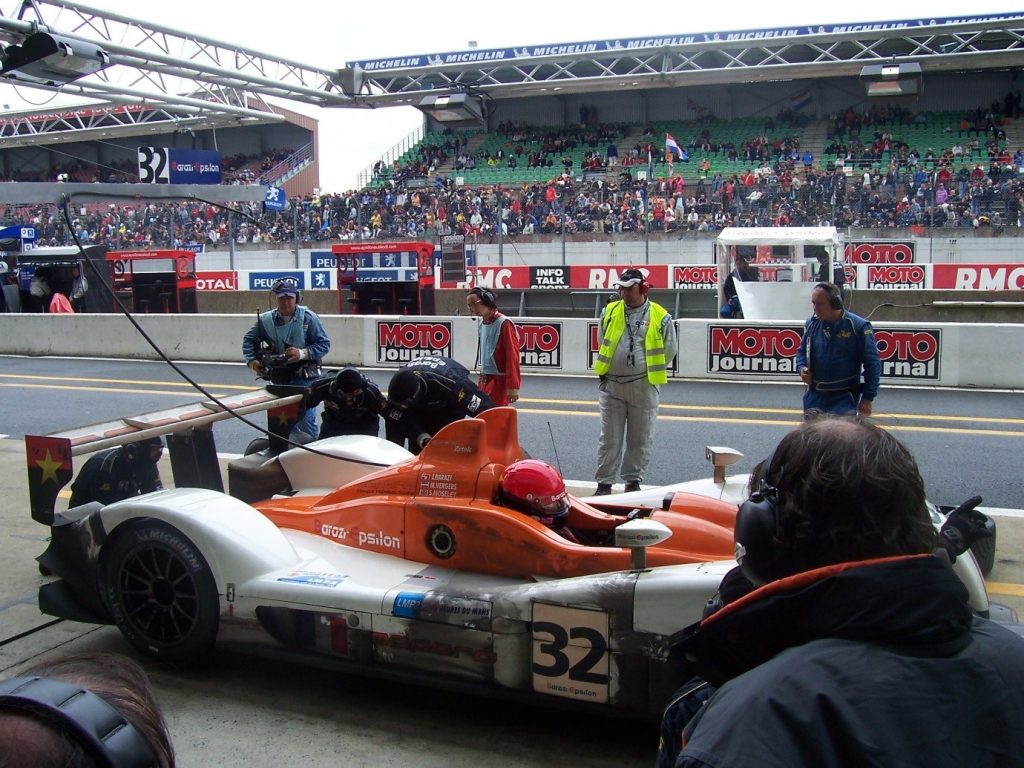
Pit stop of the Zytek LMP2 car Matt helped run at Le Mans 2008
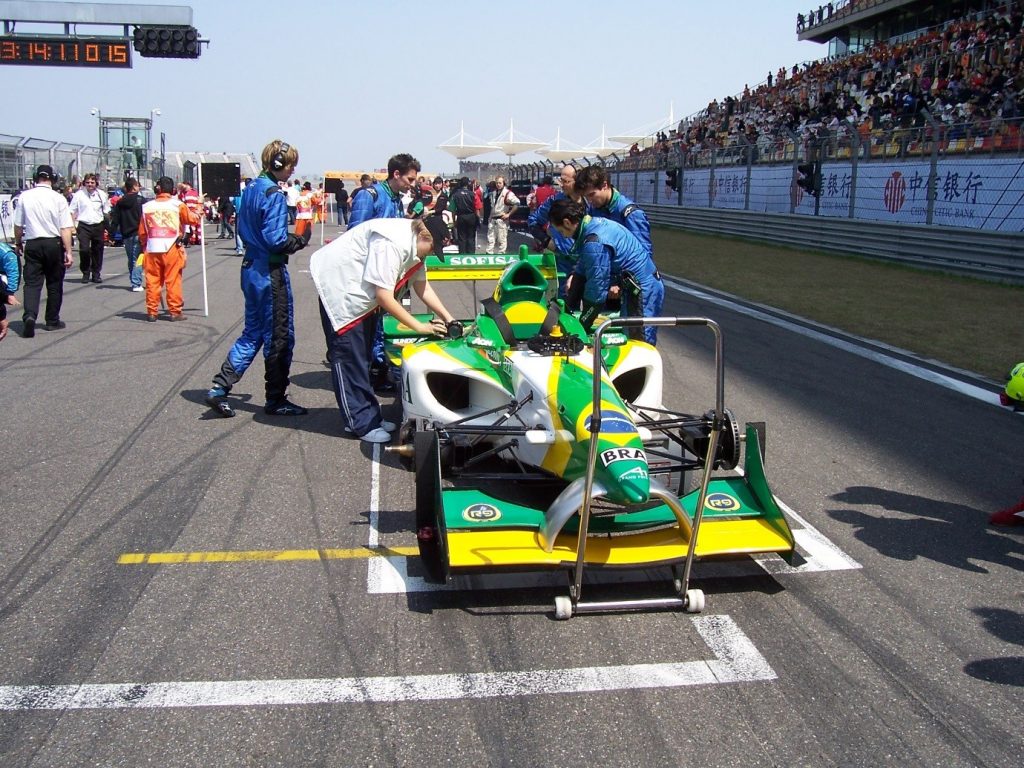
Team Brazil A1GP car getting ready at Shanghai, China in 2006

Sports TV presenter Lee McKenzie and How 2’s Gareth Jones asking for Matt’s autograph in Malaysia…
To say this job was sometimes challenging would be an understatement. A typical shift at Le Mans would involve leaving the hotel at 6am on Saturday and not getting back until 10pm on Sunday. No rest for the wicked and all that…!
What Matt learned in his time in motorsport is that deadlines don’t move, and sometimes you need to use all 24 hours in the day to get the car on the track. Teamwork is critical to succeeding in motorsport (and engineering) because everyone has a role in getting the car on the track, everyone needs to work together to achieve that. After all, they won’t stop the race because the person whose job it is to fix something isn’t there!
It wasn’t just motorsport Matt worked in. In his time at Zytek he worked on various electric vehicles ranging from small city cars to large vans. This allowed Matt more experience in the automotive sector, learning about what is required to get a car on the road rather than the track.
After nine years at Zytek, Matt joined HORIBA MIRA in 2014 as an Engineering Technician. He joined to develop his engineering skills and wanted the variety and the challenge of working on different types of projects. There is such a large range of projects that the team at HORIBA MIRA work on (something I’ve detailed in a previous blog) so it was an excellent opportunity for Matt to broaden his skills.
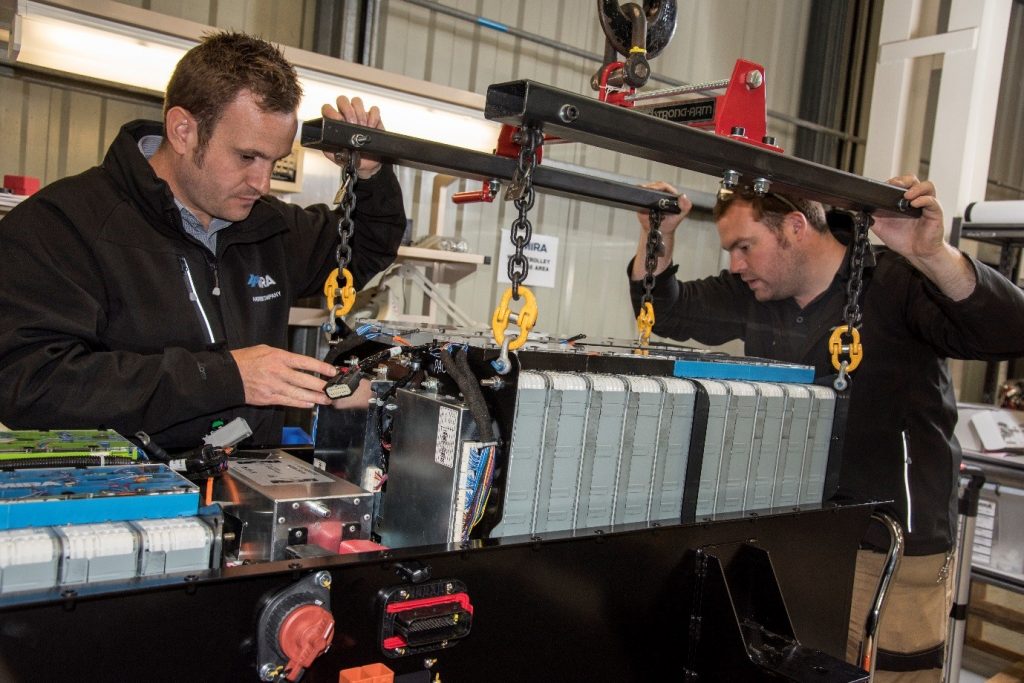
Since joining HORIBA MIRA, Matt has worked on a number of different projects including hybrid electric bin lorries, rapid intervention military vehicles and battery construction. Highlights include a 10-day trip to Abu Dhabi (with about 30 mins warning!) to support a customer vehicle in over 50oC heat, building three high voltage battery packs and a trip to India to support an electric bus project. In his time at HORIBA MIRA, Matt has risen from Engineering Technician to his current role as Project Engineer in the Electrical Engineering team.
Having worked with Matt for several years, his dedication and never-say-die attitude is what sets him apart and is why he has risen through the ranks at BeruF1, Zytek and HORIBA MIRA. What Matt’s story shows is that commitment and a strong work ethic is worth as much as a university degree.
Matt and I grew up in the same era and both of us took different paths, yet we have both ended up working in the same office and on the same projects. Paul, who I wrote about in my last blog, also works alongside us.
Three engineers, three different routes into engineering, all converging to the same point.
One of the most difficult questions I am asked is ‘how do I become an engineer?’ and it is hard to answer because of all the different routes that are on offer! My view is that no route is right or wrong, it’s about what works for you.
And no matter what route you take, hard work and a good attitude can allow you to go wherever you want to go.
As with Paul, I asked Matt for any advice he has for young people looking to become an engineer:
- University is not necessarily right for everyone, there are other routes available.
- The best way to learn is by doing. Get out and try things, don’t be afraid of failure – learn from it.
- You don’t know everything! Learn from other people’s experiences and listen to what they can teach you.
- You have to work for most of your life, the most important thing is to find something you enjoy.
